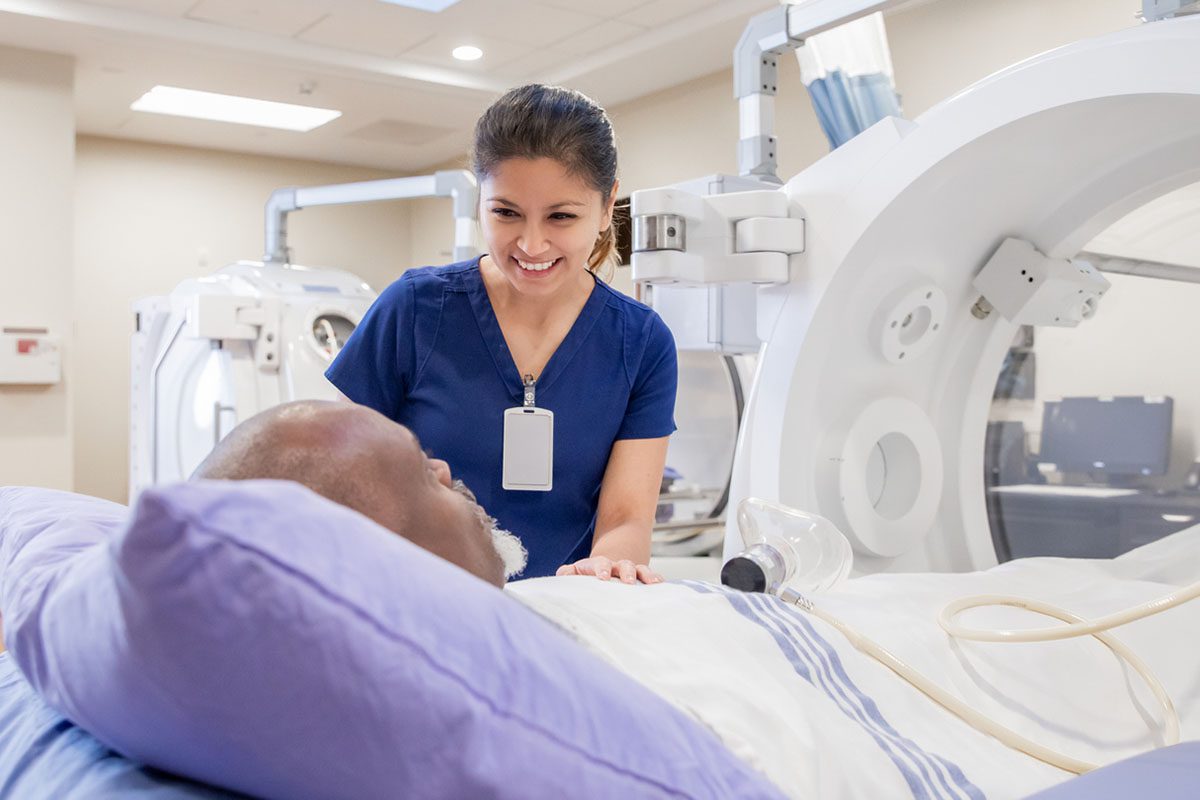Objective: To (1) identify long-term trajectories of combat-induced posttraumatic stress disorder (PTSD) symptoms over a 20-year period from 1983 to 2002 in veterans with and without combat stress reaction (CSR) and (2) identify social predictors of these trajectories.
Method: A latent growth mixture modeling analysis on PTSD symptoms was conducted to identify PTSD trajectories and predictors. PTSD was defined according to DSM-III and assessed through the PTSD Inventory. Israeli male veterans with (n = 369) and without (n = 306) CSR were queried at 1, 2, and 20 years after war about combat exposure, military unit support, family environment, and social reintegration.
Results: For both study groups, we identified 4 distinct trajectories with varying prevalence across groups: resilience (CSR = 34.4%, non-CSR = 76.5%), recovery (CSR = 36.3%, non-CSR = 10.5%), delayed onset (CSR = 8.4%, non-CSR = 6.9%), and chronicity (CSR = 20.9%, non-CSR = 6.2%). Predictors of trajectories in both groups included perception of war threat (ORs = 1.59-2.47, P values ≤ .30), and negative social reintegration (ORs = 0.24-0.51, P values ≤ .047). Social support was associated with symptomatology only in the CSR group (ORs = 0.40-0.61, P values ≤ .045), while family coherence was predictive of symptomatology in the non-CSR group (OR = 0.76, P = .015) but not in the CSR group.
Conclusions: Findings confirmed heterogeneity of long-term sequelae of combat, revealing 4 trajectories of resilience, recovery, delay, and chronicity in veterans with and without CSR. Symptomatic trajectories were more prevalent for the CSR group, suggesting that acute functional impairment predicts pathological outcomes. Predictors of symptomatic trajectories included perceived threat and social resources at the family, network, and societal levels.
J Clin Psychiatry 2013;74(12):e1163-e1168
© Copyright 2013 Physicians Postgraduate Press, Inc.
Submitted: March 20, 2013; accepted August 6, 2013 (doi:10.4088/JCP.13.m08482).
Corresponding author: Karen-Inge Karstoft, MSc, The National Centre for Psychotraumatology, University of Southern Denmark, Campusvej 55, Odense, Funen, Denmark ([email protected]).
Continue Reading...
Members enjoy unlimited free PDF downloads as part of their subscription! Subscribe today for instant access to this article and our entire library in your preferred format. Alternatively, you can purchase the PDF of this article individually.
Please sign in or purchase this PDF for $40.00.
Already a member? Login




